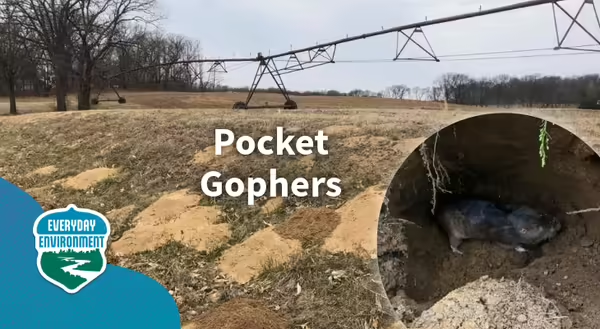
In the underground world of any prairie, root systems crisscross and extend downward to create an underground maze. As the roots of grasses and flowers grow and search for nutrients, they may find themselves exposed and no longer surrounded by soil, but rather growing into an underground opening. The plant has grown into the burrow of a plains pocket gopher, and its inhabitant will soon be by, harvesting his own crop of roots as new ones enter his burrow.
Pocket gophers in a landscape of change
The Illinois prairie is now less than 1% of what it was before colonization and farm expansion. However, this land conversion is not a one-time event. Over the past century, farming practices and crops have shifted, resulting in larger farms, increased mechanization, and soil compaction. There has also been a shift away from alfalfa and grasses toward soybeans, with production increasing starting after World War II. Since the 1950s, these changes have decreased the prairie habitat for native plains pocket gophers (Geomys bursarius).
The plains pocket gopher is the only species of gopher found in Illinois. Now, these gophers can be found in sandier soils, at lower elevations, and in better-drained soils. Although some of this change may be due to agricultural shifts, there is also increased precipitation in Illinois now compared to the 1950s, and ensuring its burrows won’t flood is high on a gopher’s priority list.
Gophers are located in a specific band across Illinois– ranging from Cahokia Mounds, Havana, Bloomington-Normal, and just south of Kankakee and Pembroke. These small herbivores, about 8 inches long, spend most of their lives underground in their burrow systems. Their external cheek pouches can transport food and nesting materials. Although their habitat and distribution have shifted over time, gophers still rely on three essentials: loose, diggable soil, ample roots for food, and enough space for young to establish their own burrows once they leave the nest. Gopher burrows contribute to soil health by bringing deep soils to the surface and increasing aeration.
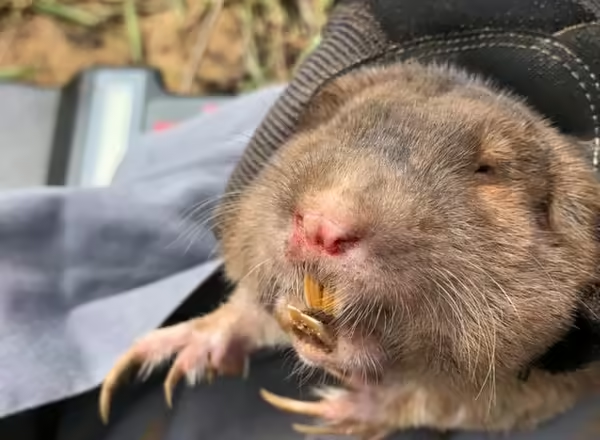
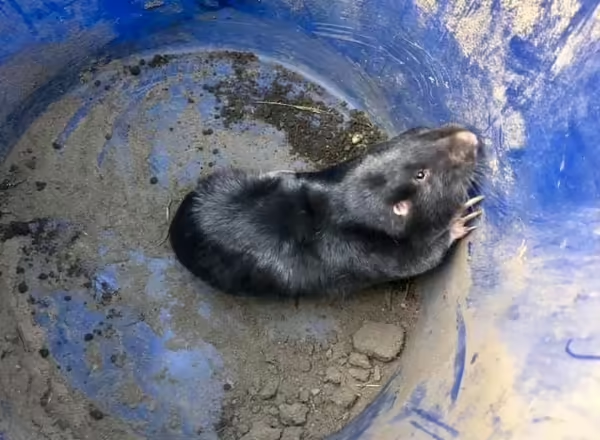
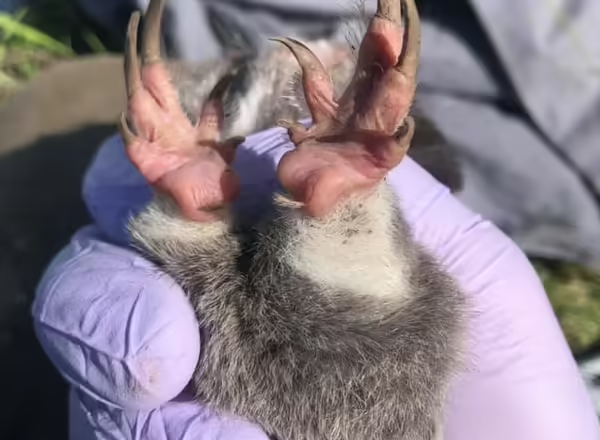
Illinois' unique wildlife history
Before the Mississippi River changed course during the Pleistocene era, a vast grassland prairie peninsula stretched across central Illinois, connecting the Midwest landscape. This corridor allowed grassland species to expand eastward from populations west of the current Mississippi River channel. As the Mississippi, Ohio, and Missouri rivers shifted their drainage patterns, the landscape fragmented with new channels and frequent flooding, creating stronger barriers between eastern and western populations.
With the scientific advancement of genetic techniques, more wildlife species – from chorus frogs to rice rats – are being identified as coming from western lineages. This is no different for gophers. There was a historic event that allowed gophers to expand eastward across the current Mississippi River location, and now, they are confined in Illinois by the Mississippi and Illinois rivers. This puts Illinois as an exciting space to see a wildlife population become a subspecies. If uninterrupted, this species will continue along its own evolutionary path. As Illinoisans, this is an incredibly exciting connection we have with our wildlife and our place.
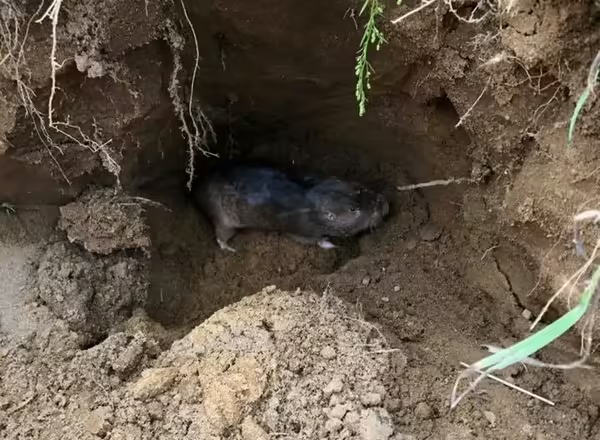
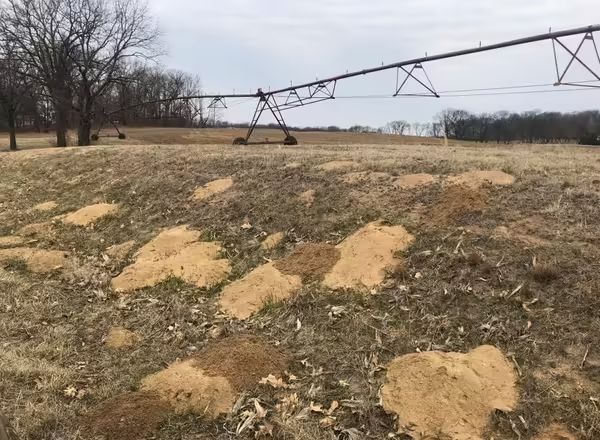
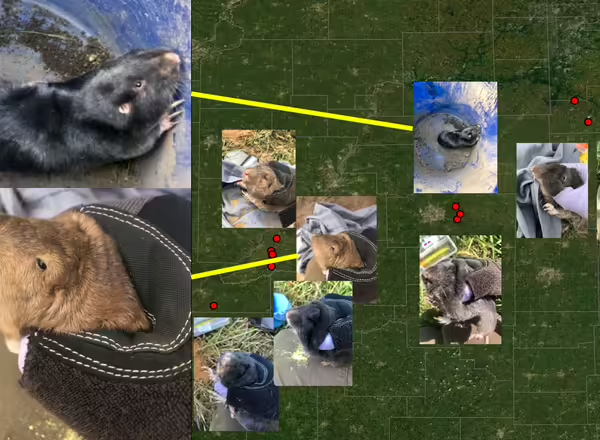
Go-pher it! How to engage with local wildlife
Grow native prairie plants: Pocket gophers create distinct kidney-shaped mounds of soil at the surface, making them easy to identify. Moles leave behind volcano-shaped mounds of soil when they burrow. If you have the space, establish native plants and prairies. The deep root structures are ideal for gophers. Unlike some common lawn grasses or plants with limited root development, deep root systems can survive when eaten, which does not necessarily kill the plant, creating a vibrant ecosystem.
Report sightings of pocket gophers: Community science apps such as iNaturalist are a great tool where anyone can observe wildlife, share it on the app, and others can confirm the sighting. These data are pulled as “research grade” and can help scientists create models to identify habitat associations across a range of species. From there, websites like the Global Biodiversity Information Facility can pull these records and help researchers worldwide develop models to explain the why, where, and when of species occurrences.
This blog post was written by Nathan Alexander, Postdoctoral Research Associate with Illinois Natural History Survey.
About Everyday Environment
Everyday Environment is a series of blogs, podcasts, webinars, and videos exploring the intricate web of connections that tie us to the natural world. Want to listen to us chat about this topic? Check out the podcast episode on pocket gophers to hear more from the Everyday Environment team about wildlife resources.
Was there something about this blog's topic we didn’t cover? See something cool in nature? Let us know! Send us your question or share your everyday nature observation with us at go.illinois.edu/EEconnect, and we may share it in a future blog or podcast.
Listen to the Podcast Get the Everyday Environment Newsletter Connect with Us